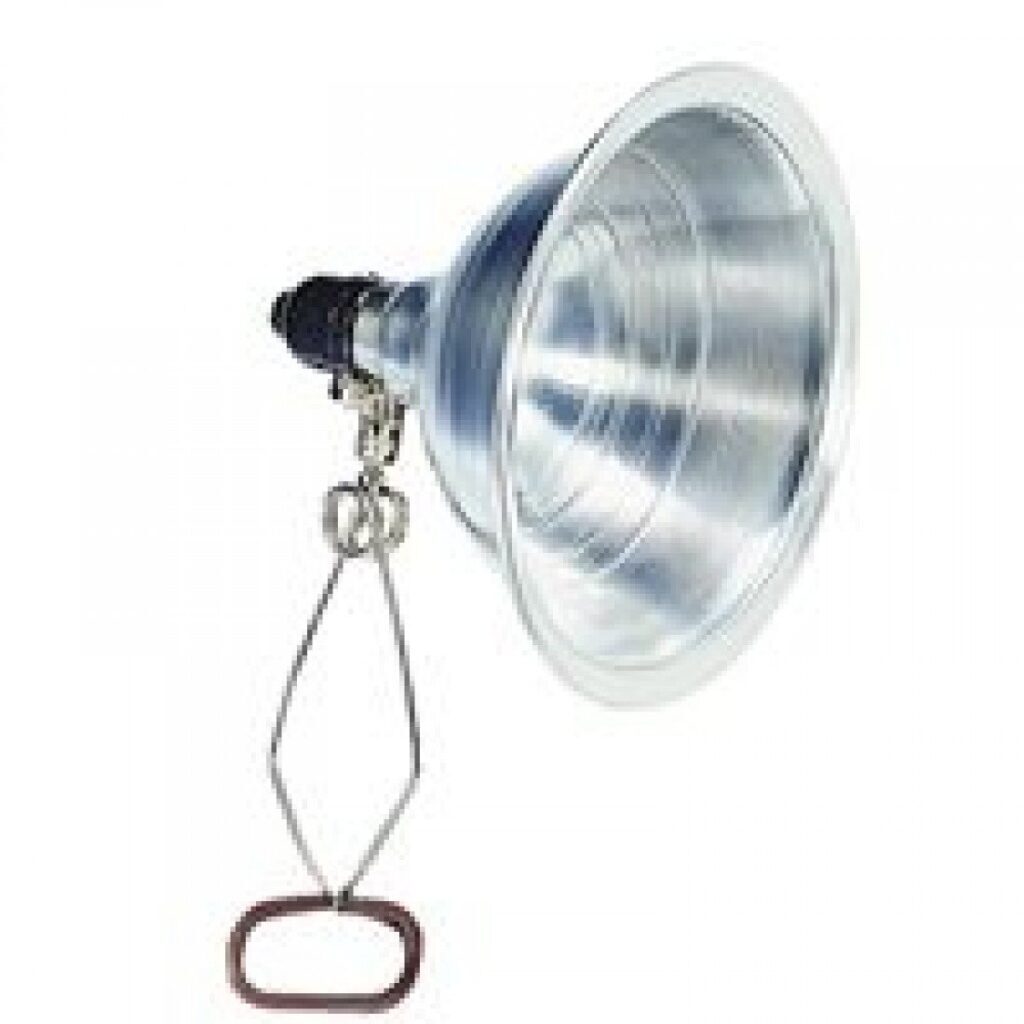Course Description
The emphasis in this intermediate photography class is on creative problem solving with photography for the Communication Design field. Students learn to transform subject matter with photographic style in order to communicate ideas.
Credits, Hours
2 cl hrs, 2 lab hrs, 3 cr
Section OL 30
Class Meetings
Online information: Zoom meeting info will be sent to your City Tech email
Faculty Information
Professor Michals
Robin Michals is a photographer whose work explores a range of environmental issues. Her most recent work, the series Our Neighborhood juxtaposes sites of residential life in cities and towns across the US with the infrastructure of the petrochemical industry. This work was most recently seen in a solo show at St. Joseph’s University in Philadelphia, and two-person show, Industrial Sights, with the Chicago-based photographer Matthew Kaplan, at the Marshall J. Gardener Center for the Arts in Gary, Indiana. Images from Our Neighborhood were also part of the 8th Edition of THE FENCE in 2019-2020, and in group shows at David Orton Gallery, the Texas Photographic Society, and in Newsweek Japan and F-Stop and Float magazines. The series was selected for Critical Mass Top 50 in 2019 and for the Tokyo International Photography Competition in 2020.
Online office hours:
- Tuesday 10am-1pm
- Friday 10:00-12:00
Contact Information:
- rmichals@citytech.cuny.edu
- 917-509-9516
Learning Outcomes
Through hands-on technical exercises and creative assignments, class discussions and critiques, students will demonstrate:
- Use of professional vocabulary to discuss technical and aesthetic issues in photography
- lighting and composition to create emotion and feeling in a photograph
- use photographs to solve visual problems, communicate ideas and emotions
.
Teaching/Learning Methods
- Technical exercises
- Creative exploration of photographic style
- Peer-to-peer critique
- View and discuss the work of 20th century and contemporary photographers
- Readings and video resources by and about photographers
Required Equipment
Camera
You will need a camera to complete the coursework.
You may use a camera phone but you must use the Lightroom Photoshop App to gain control over shutter speed and ISO.
Resource for buying a camera: http://www.dpreview.com
Tripod
A tripod keeps your camera still so that you can use longer exposures. And when using a cameraphone, a tripod will give you flexibility so you don’t always have to hold the phone.
If you are working with a camera phone, you can make a tripod from a coffee cup or small box like a tea box.
https://fixthephoto.com/diy-iphone-tripod.html
Lights
If you have a window that gets good light and space around it so that you can work in front of it, you may not need a light.
Everyone else NEEDS a light. The best light is one that you can move around and control the direction of the light. You can certainly use a desk lamp for some of the still life work but you will need a bigger light source for portraits.
An overhead light will not work as you have no control over it.
You can use:
Continuous Lights

- a clamp light that you buy in your local hardware store for about $10 and a bulb
- Nanlite Compac 20 Daylight Slim Soft Light Studio LED Panel $49 or less if you sign up for an .edu account. The cord is pretty short so you may also need an extension cord.
Or Flash-while this course as a whole will not specifically address using flash, I am happy to work with anyone who would like to use flash. I reccomend:
- Speedlites-Godox TT685 Thinklite -Make sure to get the right one for your camera.
A Reflector
- a piece of white poster board. 20 in x 30 in. You can get one at Staples.
A Diffuser
- Make one from a piece of cardboard and tracing paper
You can also buy a kit that has a reflector and a diffuser such as
the Impact 5 in 1
Light Stands and Clamps
If you are working on your own, you will need a way to hold the reflector and diffuser in place.
- a minimum of two light stands
- clamps
You can also use the pole of a floor lamp or the back of a chair but you will save yourself a huge amount of frustration if you have a way to secure the reflector and diffuser.
If you decide to buy a reflector kit, you will need to secure it with a light stand and a reflector holder or arm.
A Workspace
You will need a place to work where you can place objects and later people and move the lights around them. 2 x 3 feet for the table top space itself with 2 or 3 feet in each direction so you can move around it. A card table or other small table that you can move around on all four sides is ideal.
Required Software
Lightroom Versions
Lightroom Classic works with photos on your hard drive. Best for professional photographers who are managing hundreds of thousands of photos.
Lightroom is a cloud-based application so you can edit your photos on any device.
Lightroom Photo Editor/ Lightroom Photoshop App allow you to shoot and edit photos on your mobile device.
This course will give instruction in how to use Lightroom Classic and the Lightroom Photoshop App. You may use Lightroom instead just note that the interface will look a bit different and you will need an iCloud subscription.
If you will be using a camera to do your coursework, you will need access to Adobe Lightroom Classic and Photoshop.
If you are using a cameraphone, you will need the Lightroom Photo Editor App, sometimes called Adobe Lightroom Photoshop.
Academic Integrity Standards
Students and all others who work with information, ideas, texts, images, music, inventions, and other intellectual property owe their audience and sources accuracy and honesty in using, crediting, and citing sources. As a community of intellectual and professional workers, the College recognizes its responsibility for providing instruction in information literacy and academic integrity, offering models of good practice, and responding vigilantly and appropriately to infractions of academic integrity. Accordingly, academic dishonesty is prohibited in The City University of New York and at New York City College of Technology and is punishable by penalties, including failing grades, suspension, and expulsion.
Attendance
Attendance is taken and is important to success in this class. Both absences and arrival more than 15 minutes after the start of class will be marked. If excessive, the instructor will alert the student that they may be in danger of not meeting the course objectives and participation expectations, which could lead to a lower or failing grade.
Print this page



Recent Comments